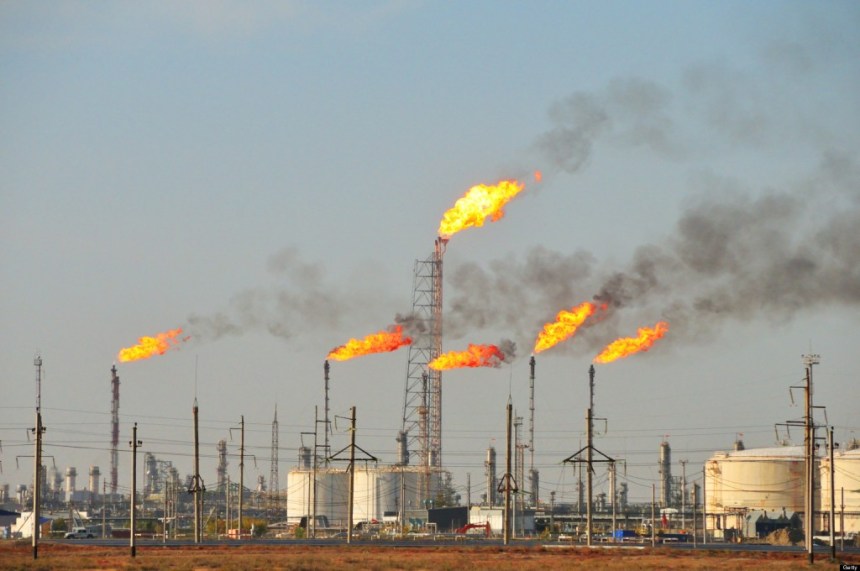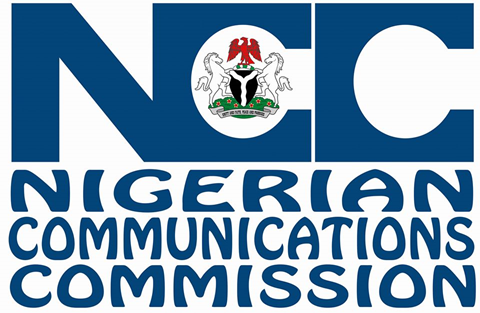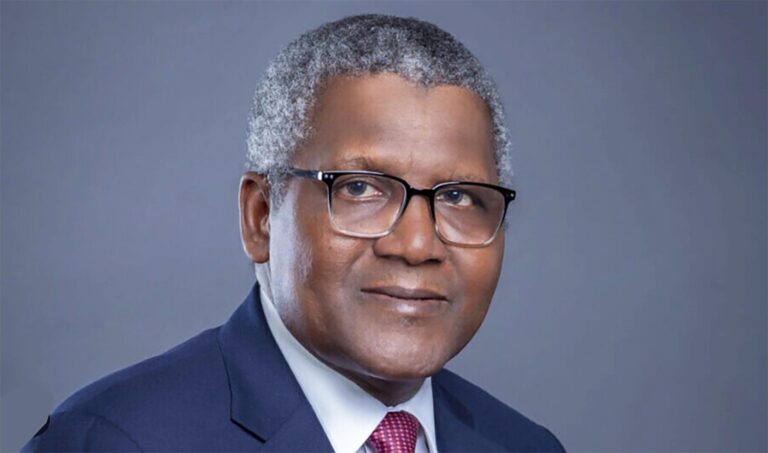It was literally a black Monday for Lafarge Africa Plc. on April 9, 2018 when the famous manufacturer of building components suffered massive sell-off of its shares on The Nigerian Stock Exchange. The investors’ reaction to the company’s disappointing after tax loss of N34.6billion plunged the index of Industrial Goods Sector on The Exchange by -3.87 per cent on that fateful day.
Quoted on the Exchange’s prestigious Premium Board, Lafarge had announced its 2017 financial year result at the weekend before the black day and blamed the unpleasant performance on huge operational cost as reflected “ in N12.4 billion cost of the evacuation of road under construction at UNICEM and N3.3 billion cost of ASHAKACEM Kiln precheater projects”among others.
Apparently apprehensive of likely negative reaction from the Shareholders, the Company’s Board had recommended a gross dividend of N13.01 billion, translating into N1.50 per share despite its loss in order to calm perceived frayed nerves. Unfortunately, the nervous shareholders could not beassuaged by the cash dividend and consequently embarked on share dumping, an option that they can exercise at any time.
This is the meaning of investor sentiment. It may be positive or negative. Shares are priced on the stock market on the strength of a company’s future growth potential. If investors anticipate robust earnings and dividend, they shall demand for the company’s shares and this may elicit upward movement of the share price. As a corollary, once there is perceived uncertainty in the future of a quoted company, investors may dump their shares in order to hedge against massive future losses and this can bring about depreciation of the share price.
At the most fundamental, the share price of a listed company on an organised market is determined by the company’s performance, demand and supply and market hearsay. At a higher analytical level, public information on political, economic and social issues can affect pricing of shares positively or negatively.
In a normal market, no person or institution decides a share price. However, if there is a proven case of severe mismatch between demand and supply or evidence of insider abuse (privilege information) that a particular stock price is being manipulated, the management of the stock exchange is obliged to suspend trading on the stock until the problem is addressed in order to protect investment of innocent shareholders and ensure market integrity.
The story of Lafarge is not a case of breaching The Nigerian Stock Exchange’s Post Listing Requirements in the area of prompt dissemination of information. It is simply a situation where shareholders expressed dismay at the company’s financial performance. This brings into fore, the relevance of Efficient Market Hypothesis (EMH) despite its limitations.
Developed by a joint Nobel Prize Winner in Economics, Eugene Fama in 1970, EMH states that “it is impossible for an investor to outperform the market because all available information is already built into stock prices”. But the weakness of Fama’s thesis is that celebrated Warren Buffet whose investment strategy is purchase of undervalued stocks had made billions of dollars by beating the market. Similarly, there are skillful portfolio managers that have also recorded track records of beating the market.
Market efficiency has three forms: The Weak Form is the one in which stock prices reflect only publicly available past information. This can probably apply to a stock market in its most rudimentary form if it exists. The Semi-Strong Form implies that stock prices reflect both publicly available past and present information. This is the most common form of efficiency as Lafarge Africa’s recent public information on its 2017 financial performance prompted shareholders’ negative reaction. The third variant called Strong Form appears utopian as stock prices are believed to reflect not only past and present public information but hidden information or insider knowledge This is hardly practicable.
Antagonists of EMH insist that it lacks quantitative measure of market efficiency, cannot explain excess volatility and price fluctuation is unpredictable. In an ideal form, efficient markets are expected to reflect all available information, otherwise, investors with privileged information may benefit abnormal returns. In an efficient market, prices are random and unpredictable. A market can become efficient if it is large and liquid and the transaction cost is cheaper than the anticipated profit. In the final analysis, no market can be absolutely efficient or inefficient. However, globally, degree of market efficiency is fast increasing with improvement in Information and Communication Technology (ICT). Information is becoming readily available even in remote areas.
But investor psychology is not a rocket science as it is replete with biases. This explains why their reaction to publicly available information about quoted companies can never be the same.
In the early 1990s, Nigerian Breweries Plc declared a bonus share of one-for-one. Within one week, the company’s share price depreciated by almost 50 per cent as elated shareholders off-loading their free shares to realise profit. This iis normal.
As a Finance Correspondent for The Guardian, I engaged the then company’s Managing Director, Mr. Felix Ohiwerei in an exclusive interview on the continuous depreciation of the share price and he volunteered information on Nigerian Breweries’ plan to acquire Swchepes Francise.
The exclusive story became the lead for The Guardian the following day and shares of Nigerian Breweries was on massive demand. Within 48 hours, the share price appreciated ! Stock market is information driven. Investors through their certified investment advisers, the stockbrokers have seen the value that such an acquisition will bring to Nigerian Breweries’ bottom line. This expectation has been factored into the share price immediately.
The current situation with Lafarge will be short lived. The company is a metaphor for market efficiency. Lafarge Africa’s fundamentals are strong. It parades people with intimidating credentials on its board and management. The company’s foreign core investor, Lafarge Holam has demonstrated high confidence in the business by planning to increase its equity in the Nigeria subsidiary to 76.32 percent through a rights issue by converting its dollar-based loan to equity. Ultimately, this is a strategic move to have controlling stake in the premium -quoted company.
Lafarge whose brands include West Africa Portland Cement ( WAPCO) and AshakaCem has a bright future. But it needs to do a lot of engagement with shareholders, stockbrokers and financial press to ensure that its efforts to bounce back are communicated to the right people at the right time. Modern day investors are highly sophisticated and they need prompt information for immediate investment decision.
The story of Lafarge is a signal to management of quoted companies. Irrespective of the efforts being put in place to remain competitive, customer relation and investor relation must be aligned with media relation for enhanced brand positioning and loyalty.
Oni, financial Journalist and Chartered Stockbroker is the CEO, Sofunix Investment and Communications Ltd.
Business a.m.’s comment pages are a place for thought-provoking views and debate. These views are not necessarily shared by Business a.m.









